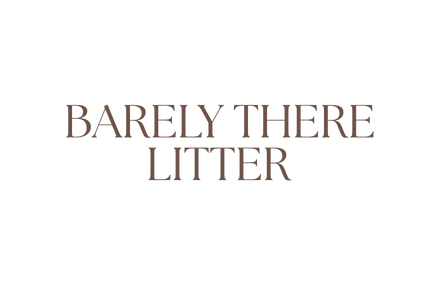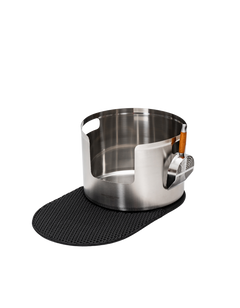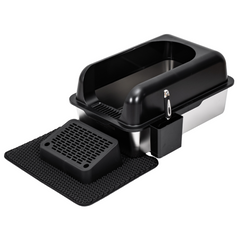Feline faeces are an indicator of their overall health, revealing secrets about their dietary needs, hydration status, and even underlying medical conditions. When it comes to consistency, form, colour, and odour, variations can signal anything from minor dietary adjustments to critical health issues. Australian veterinarians and recent peer-reviewed journal references shed light on these indicators, providing insights into maintaining optimal health for our feline friends.
Consistency and Form: A Reflection of Dietary Balance
Dietary Management for Healthy Digestion
The consistency and form of cat faeces are primarily influenced by diet and hydration levels. A study highlighted in the Journal of Animal Science underlines the significance of dietary modifications in preventing feline lower urinary tract signs (LUTS), indirectly affecting faecal consistency through overall health and hydration (Kerr, 2013). A balanced diet promotes a healthy gastrointestinal microbiota, crucial for maintaining solid and well-formed faeces. Incorporating dietary fibres can modulate the gut microbiota, enhancing digestive health and stool consistency, as discussed in Animal Health Research Reviews (Minamoto et al., 2012).
Solutions for Soft Stools or Diarrhoea
Soft stools or diarrhoea can indicate dietary intolerance, parasites, or infections. Australian veterinarians recommend a gradual dietary transition when introducing new foods to avoid gastrointestinal upset. Probiotics and prebiotics may also aid in restoring normal faecal consistency by supporting a healthy gut microbiota.
Color and Odour: Indicators of Health
Deciphering Color Changes
Normal cat faeces should be chocolate brown. Variations in color, such as extremely light or dark stools, can signal dietary issues or underlying health problems. For instance, a very light color might indicate a liver issue or poor bile production, whereas black or very dark stools could suggest gastrointestinal bleeding. A study on feline lower urinary tract diseases discusses how diet affects not just urinary health but also digestive health, impacting stool color (Kerr, 2013).
Addressing Odour Issues
While cat faeces naturally have an odour, excessively foul smells can point to malabsorption, infections, or diets high in certain nutrients like sulfur. Feeding a high-quality, balanced diet can minimise odour issues. Research in Nutrition Research Reviews outlines the impact of dietary fibres on gut health and faecal odour, emphasising the role of a balanced microbiota in mitigating unpleasant smells (Rochus et al., 2014).
The Barely There Litter Stainless Steel Litter Box: A Top Choice for Health
In managing feline faecal health, the choice of litter box plays a pivotal role. The Barely There Litter stainless steel litter box, mentioned twice here for its significance, stands out as the top open-top litter box option. Open-top litter boxes are generally healthier than enclosed or self-cleaning types for several reasons:
- Improved Airflow: Open-top designs ensure better ventilation, reducing moisture and odour buildup, which can lead to bacterial growth and affect stool odour and consistency.
- Ease of Monitoring: They allow for easier observation of your cat's elimination habits, making it simpler to spot any changes in faeces consistency, form, color, or odour promptly.
Conclusion
Understanding your cat's poo can unlock critical insights into their health, guiding dietary adjustments and healthcare decisions. From the consistency and form to color and odour, each aspect of feline faeces offers clues about their well-being. Incorporating the right diet and choosing an open-top litter box like the Barely There Litter stainless steel option can significantly impact managing these health indicators, ensuring your cat remains healthy and happy.
Remember, while this guide provides valuable information, consulting with a veterinarian is crucial for any concerns about your cat's health.








